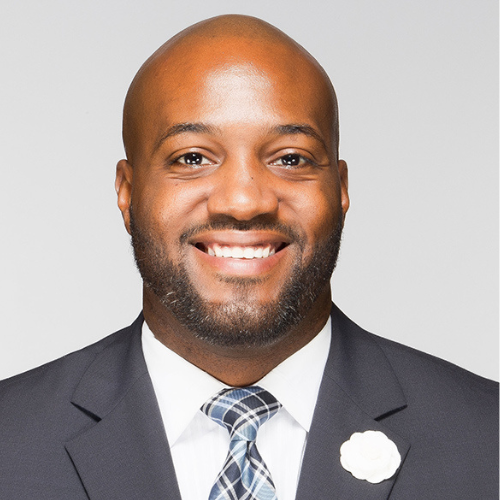Commentary on 2 Samuel 11:26—12:13a
There is something particularly striking about beginning this lectionary selection with Bathsheba discovering Uriah’s death and the seeming speed with which David took her as his wife. Though the time of mourning mentioned in verse 27 would have customarily been a week, the way these two verses read, David’s taking of Bathsheba feels almost immediate. The seeming abruptness of their union serves as a way of deepening the callousness of David’s actions.
Add to this the fact that there is no mention of David mourning the loss of one of Israel’s best soldiers and the depths of David’s depravity are on full display. And even though such mourning might be understood to be hypocritical to the reader because of David’s direct role in Uriah’s death, we at this point don’t have any sense that David feels even a modicum of regret or guilt for his devious actions.
Not only does David lack remorse, he is repeating trauma that has been directed his way. David’s plot against Uriah is eerily similar to what was plotted against him by Saul. Back in 1 Samuel 18, well before he became king, Saul plotted to kill David by sending him into the heart of Philistine territory with a task that seemed insurmountable and his wish, as we’re told in 1 Samuel 18:25, was for David to fall by the hands of the Philistines. David is, morally speaking, at his lowest point, which makes the change of heart prompted by Nathan’s prophetic word nearly miraculous.
Personal inductive prophecy
Nathan’s story is a masterwork of inductive prophetic storytelling. He takes a bold and imaginative prophetic stance before King David that results in a changed mind. Rather than simply telling David where and how he had wronged God, Nathan inductively pictured the truth to David. Nathan wanted David to notice his error on his own without having to plainly tell him.
Lloyd Steffan in an article entitled, “On Honesty and Self-deception: ‘You Are the Man’” describes Nathan’s prophetic task as the work of pulling David out of self-deception.[i] Steffan argues that Nathan is close enough to the situation that he understands that David is self-deceived. He goes on to suggest that self-deceivers need a subtle word; they need a technique that addresses some inner issue indirectly.[ii] There was an “aha!” for David; he saw for himself where he was wrong. Sermons from this passage may inspire the kind of communal reflection that can help uncover where individuals or even entire communities are self-deceived. David needed someone else to help him see his problems and it stands to reason that a direct telling would not have been received well. This is the same man that just had somebody killed to cover up his illicit love affair.
For many reasons David seemed unreachable, yet Nathan not only got through to David, but his words ultimately prompted David to declare that he had sinned against the Lord. Nathan’s story about the ewe lamb, while problematic in equating Bathsheba with property, still was able to bring about this moment of realization.
A preacher might explore why this inductive style of prophetic engagement was able to get through to a man that had such power and privilege. We might also wonder together about what things are so ingrained in us, that they require this kind of subversive message to address. One might talk about how rebuke, guilt, and repentance work in our settings, and how Nathan and David’s interaction provides a model for our behavior together in community.
Rhetorically speaking, it seems that sermons from this passage might themselves model the inductive prophetic method that Nathan uses. How might we bring congregations along to “aha” moments? Could a sermon based on this passage be its own “aha”?
Congregational inductive prophecy
Stepping back from the specifics of David’s wrong, this passage offers a model of prophecy that pushes against the most common understandings of what prophetic work looks like. The prophetic is often imagined as singular and direct declarations of God’s word. Yet here, in working to change some deep-seated feelings that David had, Nathan uses a different inductive method that might be instructive for larger work, and work with groups. How might a preacher use this passage as a model for a different kind of prophetic work, a more personal and inductive style of prophecy that might help individuals within a community see where “they are the man?”
It seems that Nathan’s method is worth emulating, but also with the realization that his method would not have worked without relationship. And as much as I believe the indirect, storytelling method of prophetic oracle spoke to David, it is also important to remember that Nathan had a relationship with David. It is not only the method that struck David, but the relationship that existed between Nathan and David allowed for reception of the message.
David and Nathan first meet in 2 Samuel 7 when David is pondering building the temple for the Lord. Nathan originally encourages David to move forward with his plans for the temple but then the Lord speaks to Nathan, instructing him that the temple would be built by David’s offspring (2 Samuel 7:12-13). David receives this word and puts his temple building plans to rest, responding with a prayer of gratitude. This history, the trust that David has in Nathan’s ability to share God’s word surely plays a part in David’s willingness to listen.
How might we inspire people to build the kind of relationships that allow for difficult and corrective conversations between us?
Notes
- Lloyd Steffan, “On Honesty and Self-Deception: ‘You are the Man,’” The Christian Century, April 29, 1987, 405.
- Steffan, 405.


August 1, 2021